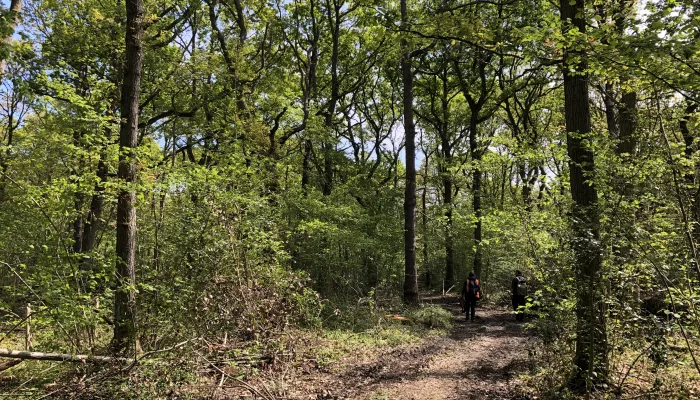As part of the Save Our Woodlands appeal, join us to celebrate East Blean woods.
About the event
Don't miss this special opportunity to join Kent Wildlife Trust's Head of Land Management for a tour of East Blean Woods.
As part of the Save Our Woodlands appeal, this tour will include information about woodland habitats, the management of woodlands and points of interest specific to East Blean.
Funds raised through tickets for this event will support the Save Our Woodlands appeal, aiming to raise £475,000 so Kent Wildlife Trust can:
- Purchase at-risk woodlands
- Survey woodlands to identify risks, such as Ash Dieback
- Carry out perimeter checks and fencing where needed to keep woodlands secure
- Undertake monitoring activities to identify key species and track increases in bio-abundance
- Continue the management of sites, including supporting our reserve wardens
This tour will last approximately 1 hour, and most of the time will be spent walking or standing. Much of the route follows surfaced paths, but these can be muddy. Ensure you wear sturdy footwear (during periods of wet weather waterproof footwear is advisable) and clothing suitable for the weather conditions.
Please note there are no toilet facilities or refreshments available to purchase on site, but you are welcome to bring your own food and drink with you. A bottle of water is recommended.
-
No facilities
A network of public footpaths and nature trails. Paths are unsurfaced and may be uneven. Information boards on the reserve.

